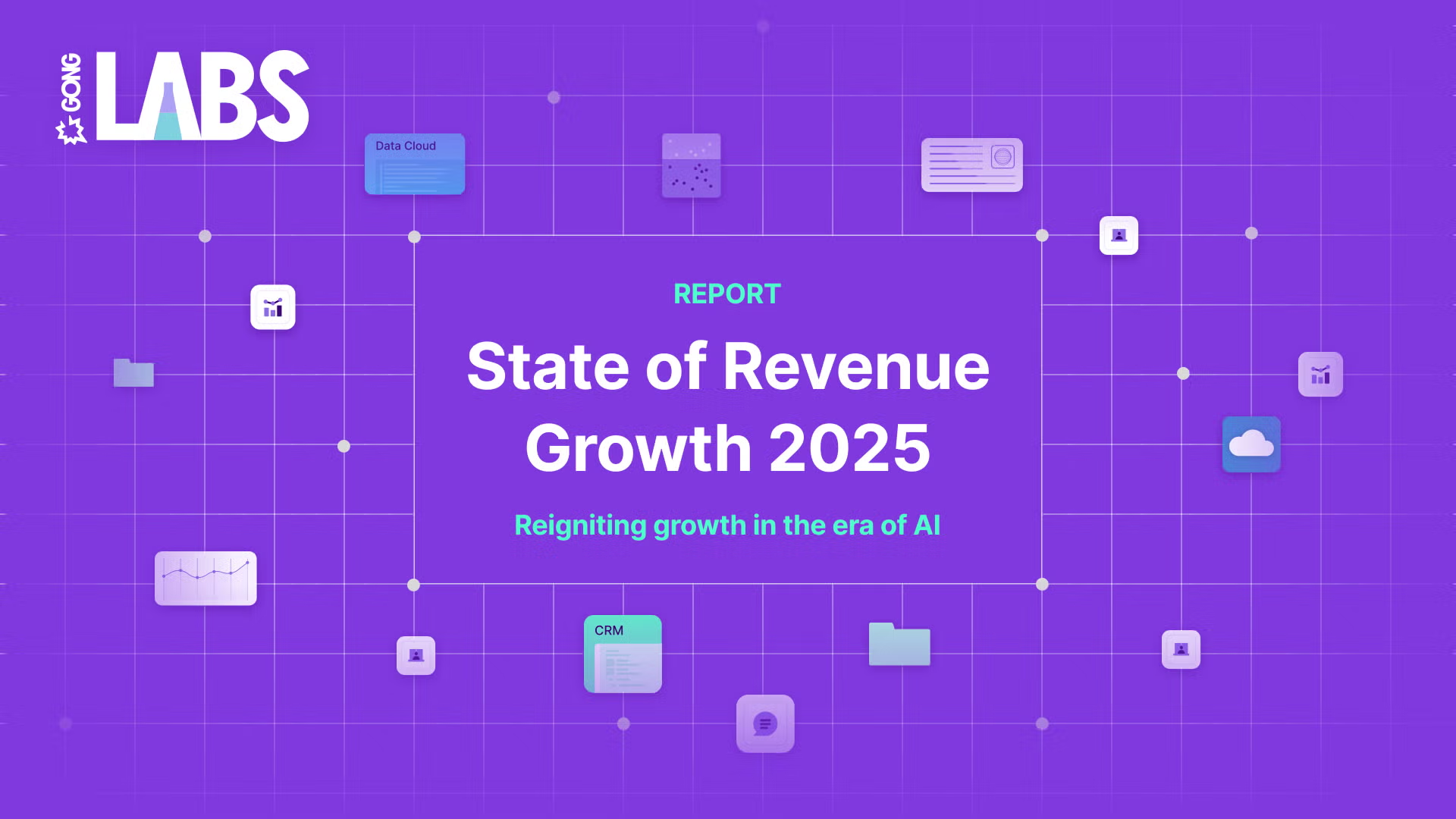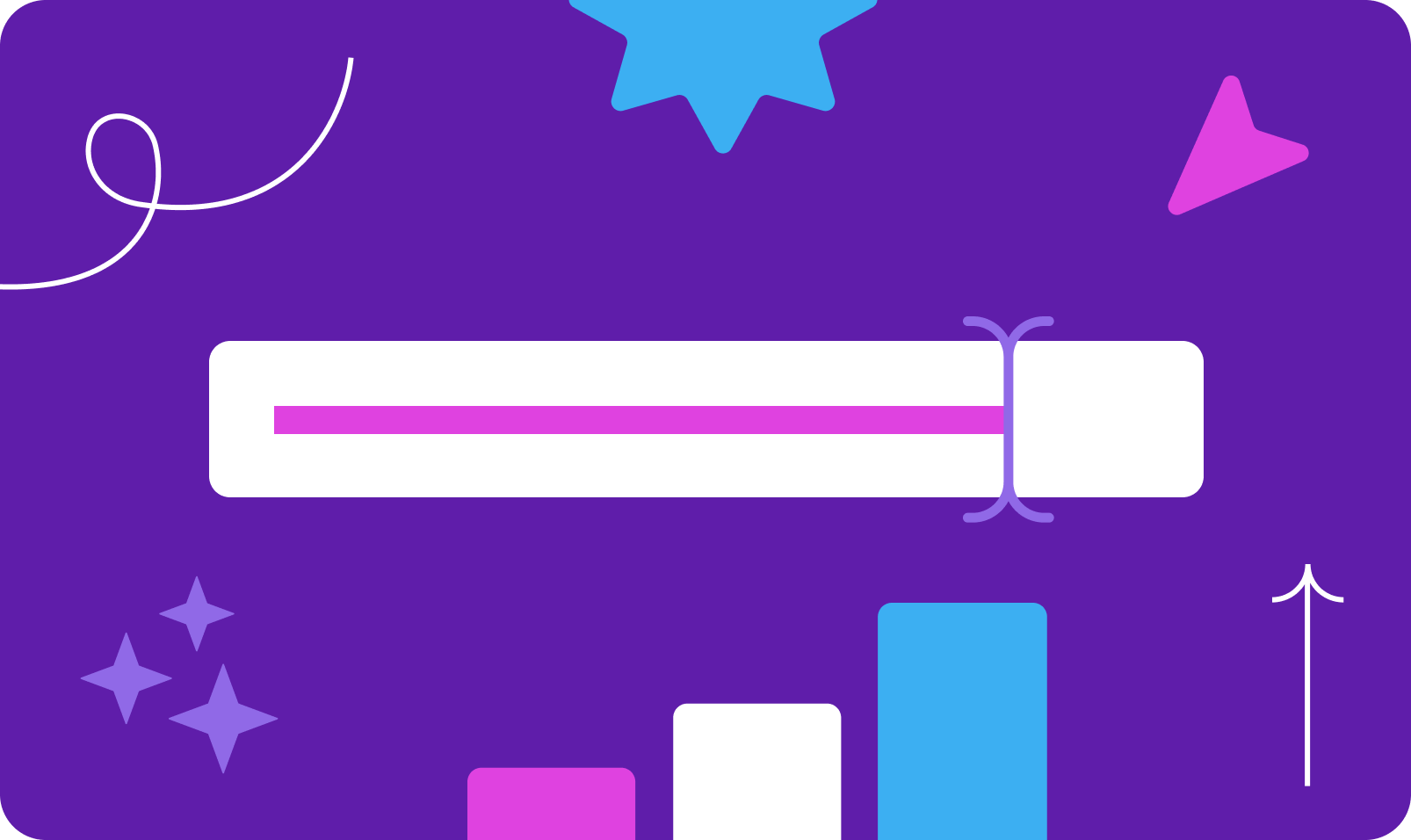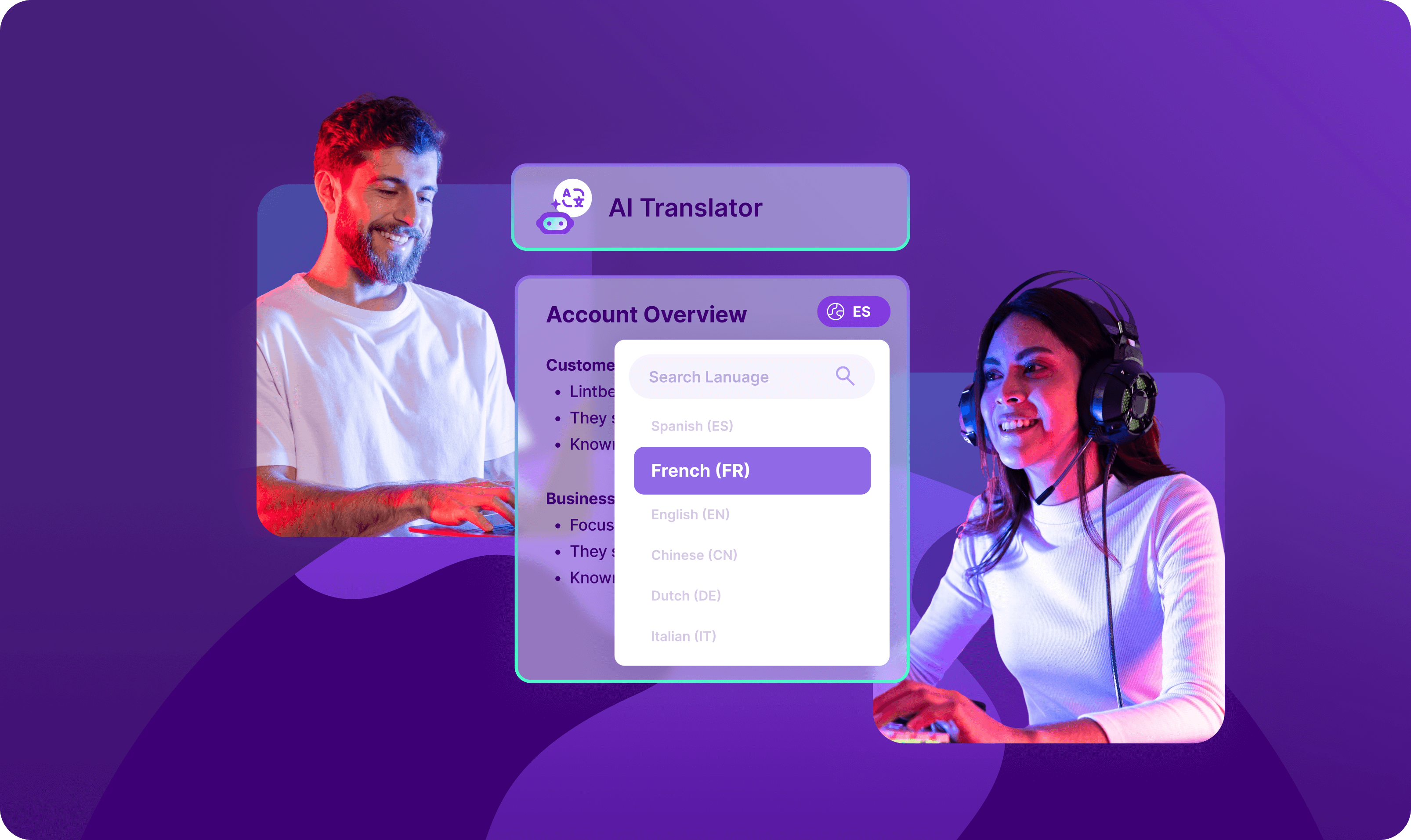Executive insights
Revenue Leaders: Here's how to take a more strategic approach to evaluating your revenue tech stack

Craig Hanson
Sr. Director, AI Market Strategy
Published on: July 3, 2024

One of the most frequent things we hear from Heads of RevOps, CROs and CIOs is that they want to both consolidate their revenue tech stack and get more business impact out of it. Yet many have found it difficult to make sense of the entire market landscape and what will actually work.
As we see across companies, the current evaluation process is broken for three main reasons.
First, it’s hard to get above the wide variety of vendors and products and take a strategic perspective to know what’s really most important and will drive real impact. This complexity is multiplied when we expand the evaluation from a single product category to a consolidation across multiple categories. With vendors in many of these categories now converging, how do you know which is the right cornerstone to build upon as your long-term partner?
Second, with all of this noise and confusion, vendors can sound the same in the capabilities they promise—at least at first—and the genuine differentiation between them gets obscured (which is exactly the intention of less-capable vendors, who want to make everything sound the same).
Third, to wade through all of this, buyers often resort to amalgamating a big spreadsheet with endless rows of feature/function checklists. The problem is that this is an inefficient and flawed representation of business impact. Leaders know business impact doesn’t come from hundreds of checklist items; it’s a few essential, foundational things that will really be the key to getting the business outcomes they actually care about.
What’s needed is a more strategic approach to evaluating the revenue tech stack.
Not one-off assessments of single product categories, and not necessarily massive RFP processes. But rather a thoughtful process guided by the north star of the business outcomes they want to achieve and then following the key considerations required in a platform to achieve those outcomes.
That’s why we and a team of experts at Gong, co-led by our Revenue Center of Excellence (COE) and Sales Engineering (SE) teams, created the Revenue Stack Evaluation Framework. It provides Revenue leaders—notably RevOps, Sales, Enablement, CIOs and CCOs—with a strategic guide for best practice considerations when evaluating your revenue tech stack as you look to consolidate, expand or simply optimize it.
This isn’t meant to be a Gong pitch. It’s a resource combining the best-in-class learnings we’ve seen across hundreds of top companies you’recognize. We’ve started sharing this with select executives and the feedback has been enthusiastic.
Thinking strategically about your revenue tech stack
Step 1: Define your targeted business outcomes
The first step in a strategic evaluation is aligning your evaluation process to focus on the specific business outcomes you want to achieve. These outcomes should be clear and tangible results that you can measure progress against (e.g., increasing the sales win rate by 10%, standardizing best practices by driving adoption across the team or coaching the team to become 20% more top performers).
This helps center your evaluation process on the few pivotal considerations most critical to hitting those business outcomes.
Each company’s goals should be specific for them. That said, here are three main categories you can target where a consolidated and effective revenue tech stack can deliver strong business outcomes:
- Productivity. Per a Forrester statistic, sellers spend 77% of their time on non-selling activities—including a lot of tedious tasks, updating records and finding info. AI-powered solutions, if they’re built with enough accuracy and understanding, can automate much of this work, and maximize the amount of time sellers spend selling. Consolidation also helps solve the rep ‘swivel chair’ problem of reps bouncing between lots of different apps to do their job and overall dramatically improves operational efficiency and utility.
- Predictability. Predictability comes from the seamless flow of insights and actions across your revenue platform. Eliminating data silos stuck in different products unlocks those insights and leads to better decision-making. Then you can leverage the key insights – those from the actual customer interactions – throughout your sales cycle, which adds the most important, qualitative signal of what’s really happening in deals.
- Growth. Organizational speed and agility enable growth in a changing market. One cohesive platform allows users and RevOps to quickly access the information they need, iterate, and improve the outcome, with changes flowing across the platform. Consolidation also reduces vendor management and cost by streamlining your tech stack.
Step 2: Align those business outcomes to the key requirements to achieve them
Next, connect those targeted business outcomes to what you’need in your revenue systems to achieve them. For example, if an outcome goal is to have your team effectively and consistently adopting your sales methodology, you’need a way to automatically get visibility into whether each step has been fulfilled across hundreds of interactions in an account, understand and fill in the key info (e.g. what is their decision criteria or who is the economic buyer), and then clearly know what critical steps are left to close the deal.
You can then tie these to the specific system requirements you’need to get them. As you do this, it becomes clear which few, fundamental and key requirements you need in a product or platform.
Instead of getting lost in endless feature checklists, aligning key outcomes to key requirements gives you a clear strategic path.
Step 3: Assign assessment criteria to the impact ROI you want, including potentially the full benefits of consolidation (2 sides of the coin)
In recent years, it wasn’t unusual for companies to invest in multiple different revenue tech tools as they sought to drive more revenue impact. But as belts have tightened in the years since, companies are putting extra scrutiny on their tech stacks, both looking to consolidate tools where they can and get more results from their existing investments.
The first benefits companies typically think of for consolidation are: streamlining, simplifying, reducing the rep swivel chair to go between so many applications, and frankly just having fewer vendors and less cost. All of that makes sense and is the first side of the coin in the benefits of consolidation: the reductive benefits of consolidation.
One cautionary note: In these reductive benefits, if your organization is too focused on purely cost cutting, make sure you’re also assessing two critical questions. First, what was the outcome you originally wanted to hit when you first purchased that tool? Most likely, there was a strong and legitimate reason to invest toward that, that outcome is usually still a priority and you can seek the best way to achieve it. Second, when cutting a system, take a thoughtful look at the capabilities and impact you will be losing, to ensure you’re not cutting costs but actually hurting your bottom line.
The second, even bigger benefit of consolidation is having insights and actions flow throughout your revenue stack. We all want to lead our revenue organizations to operate seamlessly across the sales cycle, from prospecting through deal execution through forecasting and post-sales. But that’s hard when any data and insights you get are siloed and stuck in products that only perform well for one piece of the process. There’s tremendous impact when you can unlock the power of the data and insights across the entire sales cycle in your revenue stack. This is where best-in-class companies can really deliver strong business outcomes: the additive benefits of consolidation.
That second side of the coin—the additive benefits of consolidation—now makes the critical question very clear: WHICH platform should you consolidate on?
It’s not just about having fewer vendors but choosing the platform with the right foundation of data and insights to unlock that value across your revenue stack. If you’re going to consolidate on something, WHAT you consolidate on will have a massive impact one, two, or three years down the road in what your organization can do.
That’s why we built the Revenue Stack Evaluation Framework: to provide executives with a thought leadership resource to guide their process around the key considerations that top companies use.
Here’s one important pitfall to avoid, however:
All of this work to consolidate on a platform is undermined if the platform you choose to consolidate on isn’t one, natively built platform. Some vendors have built their ‘consolidated’ platform by stitching together acquisitions, which often don’t fully and easily interact within their own platform, leaving users with the disjointed and siloed experience they wanted to avoid in the first place.
The key assessment criteria for your revenue tech stack
In the Revenue Stack Evaluation Framework, we outline three pillars of specific Key Assessment Criteria that top companies focus on when consolidating and optimizing their stack. For each, it outlines a detailed blueprint for:
- Why it matters
- Pitfalls to avoid
- Key criteria to insist upon
We then help you assess your current position in the Revenue Tech Maturity Curve and, based on the best practices of top companies, outline tangible next steps that could get your organization where you want it to be.
How to learn more and review the Revenue Stack Evaluation Framework
These last two steps are best done as live, interactive discussions with leaders in RevOps, Sales, Enablement, CIO, and other key roles.
Introducing: Gong’s Revenue Center of Excellence (COE), which co-led this project alongside Gong’s Sales Engineering (SE) team. Gong’s COE is a dedicated group of senior experts who work closely with executive leaders at Gong’s top customers and prospects to best practices, ideas, and innovations from across the top companies in the market which could be applied to achieve their goals and objectives. Similarly, Gong’s Sales Engineering team is a group of trusted technical and product experts working alongside our account executives to help customers and prospects achieve the full potential of revenue intelligence.
Our COE and SE teams which produced this guide and our account teams are happy to discuss the Revenue Stack Evaluation Framework and help make it useful for your specific goals and objectives.
If you’like to learn more, reach out here or connect with your Gong contact to arrange a conversation.

Sr. Director, AI Market Strategy
Craig Hanson is an AI strategy and growth leader with deep experience in go-to-market, corporate development, and venture capital.
At Gong, he has helped shape the company’s AI platform strategy, drive international expansion, and guide transformative customer growth.
Craig is also a former VC investor with a proven track record in scaling technology startups.
Discover more from Gong
Check out the latest product information, executive insights, and selling tips and tricks, all on the Gong blog.



